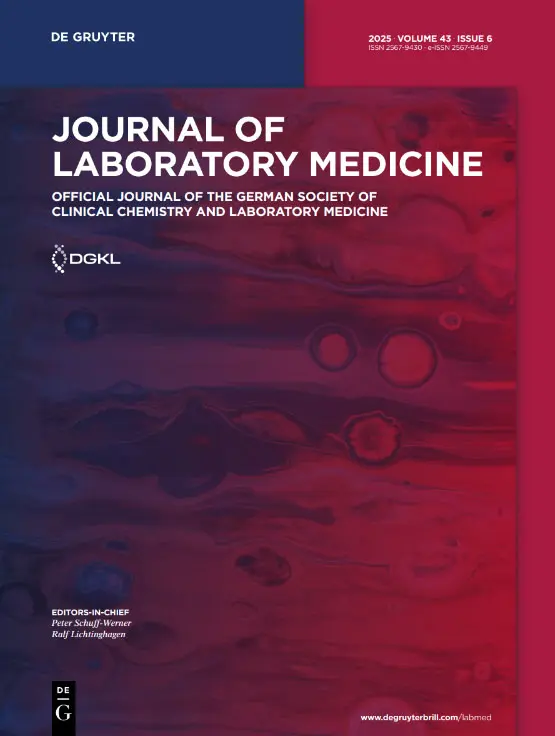Detection and management of differences in biochemical results across identical analyzers in high-volume laboratories: a practical internal quality control-based method

Ensuring result comparability across identical analyzers is critical in high-throughput clinical laboratories. ISO 15189:2022 emphasizes this requirement (clause 7.3.7.4), particularly for assays with low within-subject biological variation (BV), where reference intervals may be insufficient to detect clinically relevant changes.

Methods
This study aimed to implement a practical rule-based approach for evaluating result consistency across identical analyzers using only internal quality control (IQC) data. At Dokuz Eylul University Central Laboratory (DEU-CL), IQC results from two Beckman Coulter AU5800 and two UniCel DxI 800 analyzers were collected over 12 months (May 2022–April 2023). Coefficient of variation (CV) and bias were calculated from the first five consecutive working days of each month. Total error (TE) was computed using the RMS method (TE=Bias + 1.65 × CV) and compared to total allowable error (TEa) limits defined by the EFLM BV database and Rili-BAEK guideline.
Results
Among the 20 parameters evaluated, blood urea nitrogen (BUN), C-reactive protein (CRP), direct/total bilirubin, triglycerides, and uric acid consistently met EFLM TEa criteria. In contrast, albumin, creatinine, sodium, and total protein frequently exceeded EFLM limits. Sodium exhibited persistent nonconformities across all months. Most parameters fulfilled Rili-BAEK specifications.
Conclusions
The proposed model enables continuous monthly performance assessment of identical analyzers using only routine IQC data. This approach supports ISO 15189:2022 compliance, facilitates early detection of analytical discrepancies, and may serve as an efficient, cost-effective quality assurance tool for high-volume laboratories.
Keywords: clinical laboratory; quality control; total allowable error; ISO standards; comparative study




